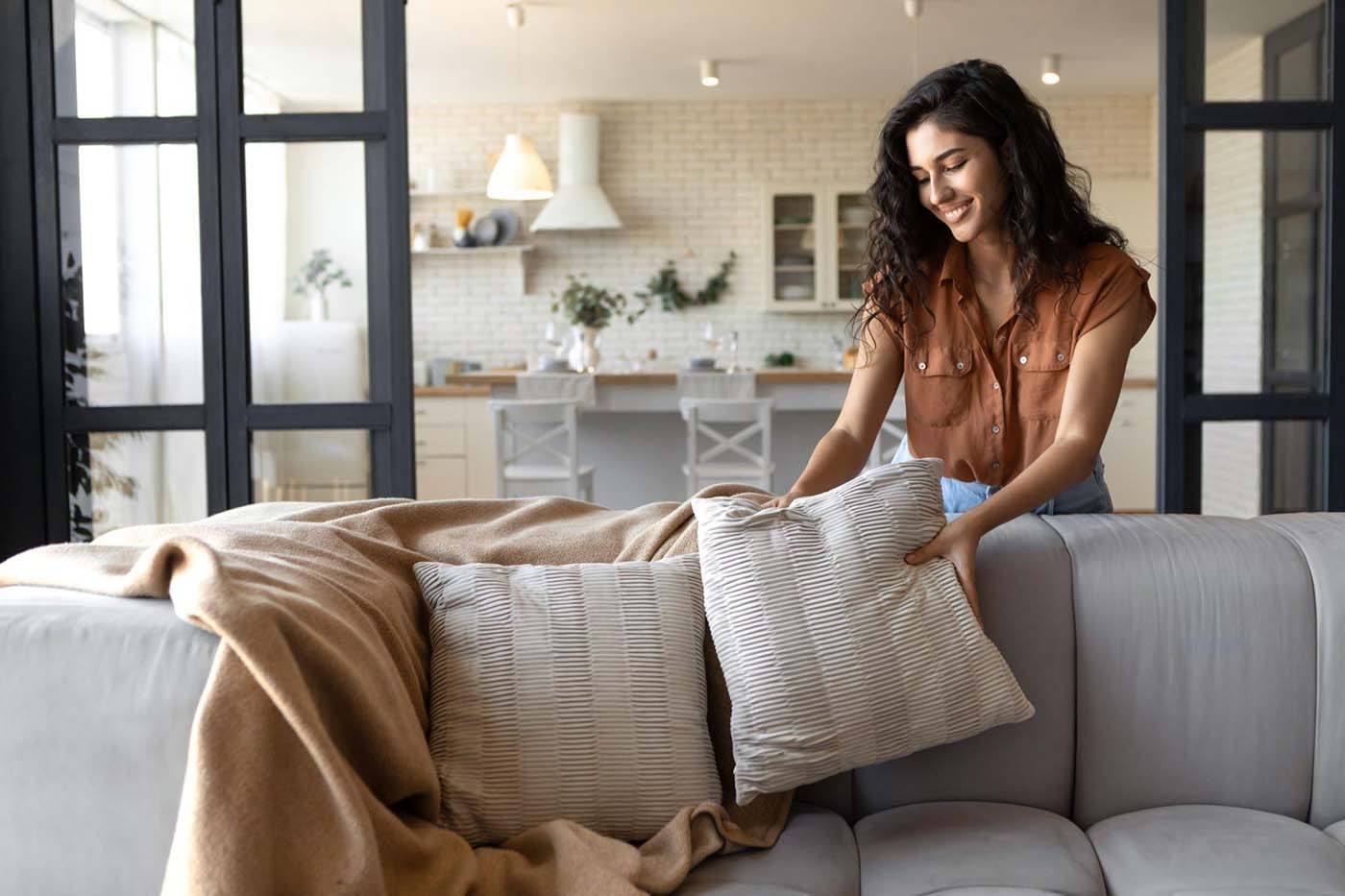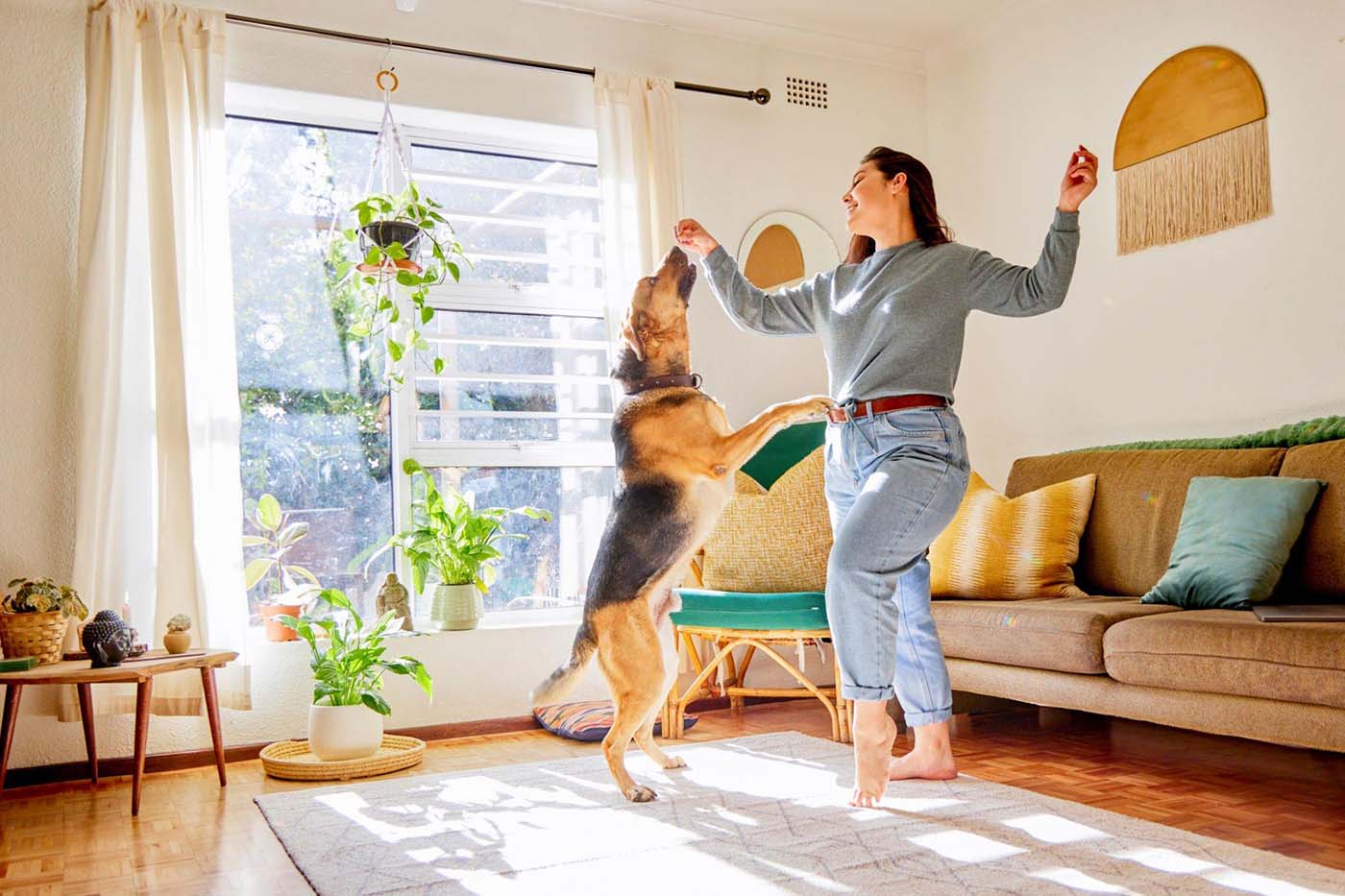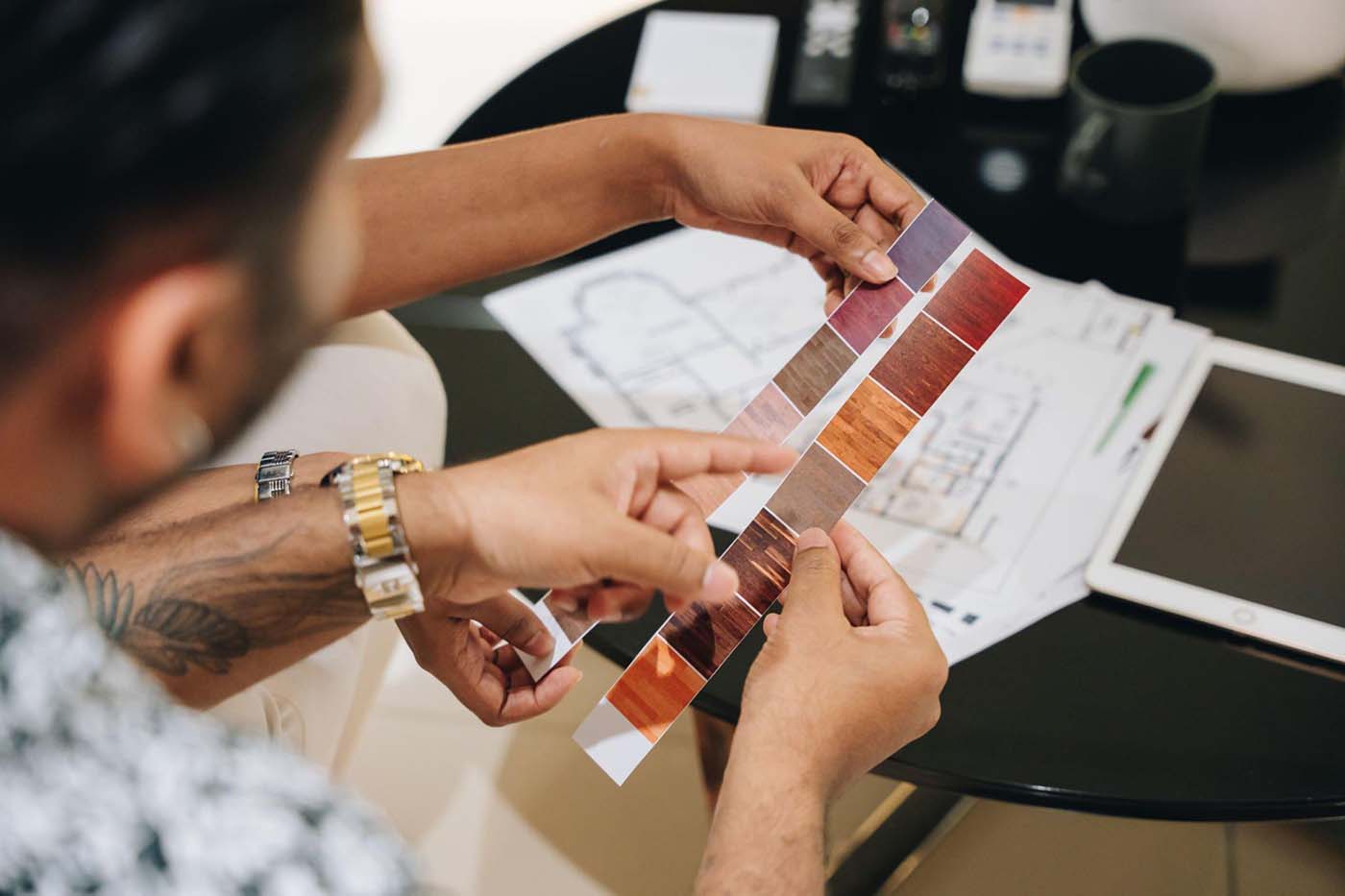We all appreciate good design, be it architecture, fashion, home decor, or even a beautifully plated dish at a restaurant. But often we overlook the role that interior design plays in promoting wellness, happiness, and overall quality of life. This is not just about the aesthetics or materialistic aspects, it’s about creating a positive environment and personal space where individuals can feel comfortable, peaceful, and inspired.

How Does Interior Design Influence Wellness?
Designing a living space isn’t just about selecting furniture or choosing wall colours. It’s a personal journey of designing an environment that supports our physical and emotional well-being. The basic principle of wellness-orientated interior design is well-being and aesthetics going hand in hand.
A perfectly crafted interior can boost your mood, creativity, and productivity. It can also reduce anxiety and stress, improve sleep patterns and enable relaxation. Scientific studies have shown the impact lighting, colours, layout, and aesthetics have on our brain and subsequently, our emotions and mentality.
Personalise Your Space with Meaningful Items
An interesting approach to infuse positive energy in your home is through carefully picked items that hold a special significance for you. It could be anything from planters, paintings, to unique collectibles. Decorating your home with such items can create a sense of joy, familiarity, and comfort. Incorporating such personalised elements into your interior design helps portray your personality and experiences.
However, the quest for such unique treasures often takes time, making it a journey in itself. This is where some interesting platforms like giveaways.org prove to be a useful resource. Such platforms present you with opportunities to avail of exciting items and services that could add the desired charm to your space, contributing to your overall well-being.

Designing for Wellness: Key Elements
Importance of Natural Light
Natural light is a crucial element linked to our mood and circadian rhythm. Interiors with plenty of daylight openness can contribute to better health, mood, and productivity.
The Psychology of Colours
Colors have a significant psychological effect on us. While some incite calm and tranquility, others stimulate activity and creativity.
The Power of Organisation
Visual clutter is impactful on the mind. A clean and organised space can help reduce stress and make one feel more productive and comfortable.

Get Inspired
Drawing inspiration from the world around you, exploring new places, cultures, and ways of life can give you a fresh perspective on your interior design style. Travel experiences, nature’s diversity, diverse art, and cultures can serve as endless sources of inspiration.
A Sustainable Approach
The health of our planet has a direct influence on our personal health. Choosing sustainable and eco-friendly options on your design journey is a step towards supporting the wellness of the Earth, and subsequently, our own.
Conclusion
The connection between wellness and interior design may seem abstract at first but look a little closer, and the links are profound. Interior design should not merely focus on the aesthetics; rather, it should aim to harness the power of space, colour, texture, light to promote a state of peace, comfort, and happiness. Consider your senses, your experiences, and what brings you peace when designing your space.
With a clear focus on psychological impact, infused with meaning and personality, our homes and workplaces can become a lead character in our wellness journey.








